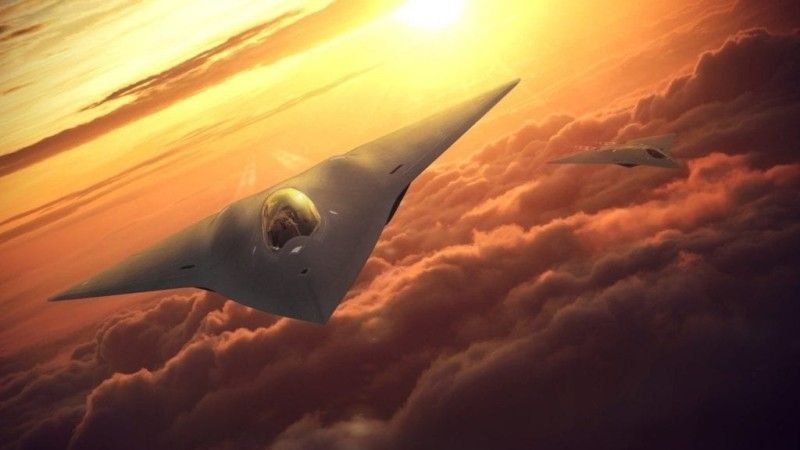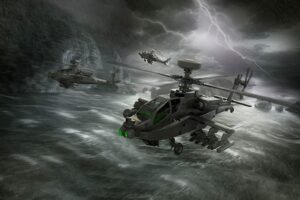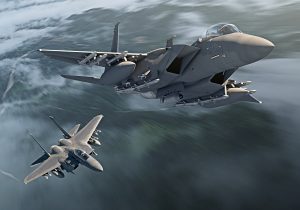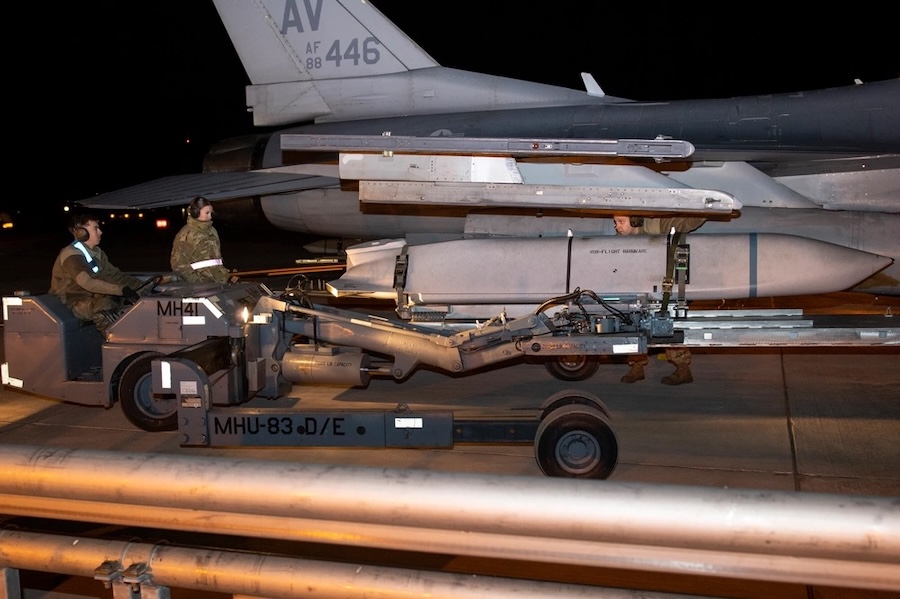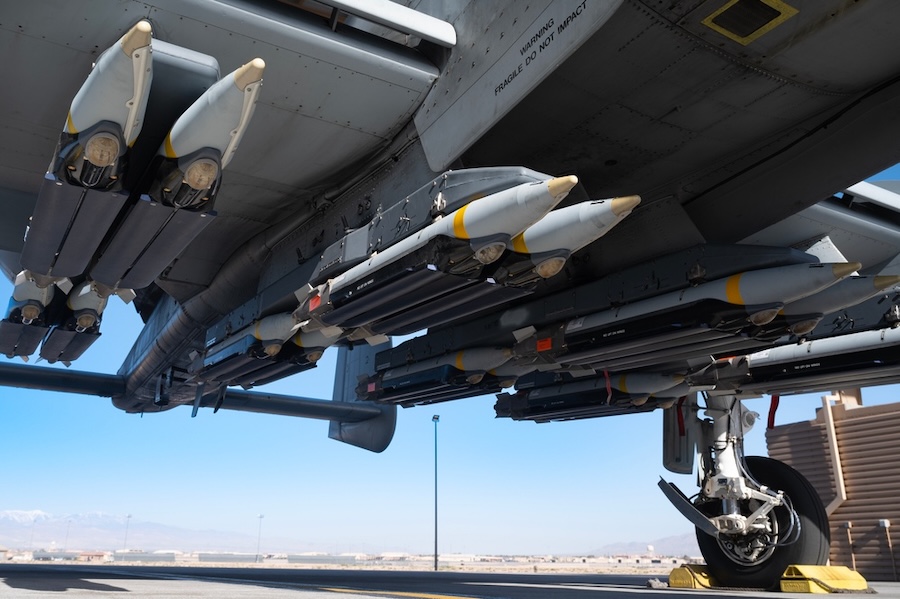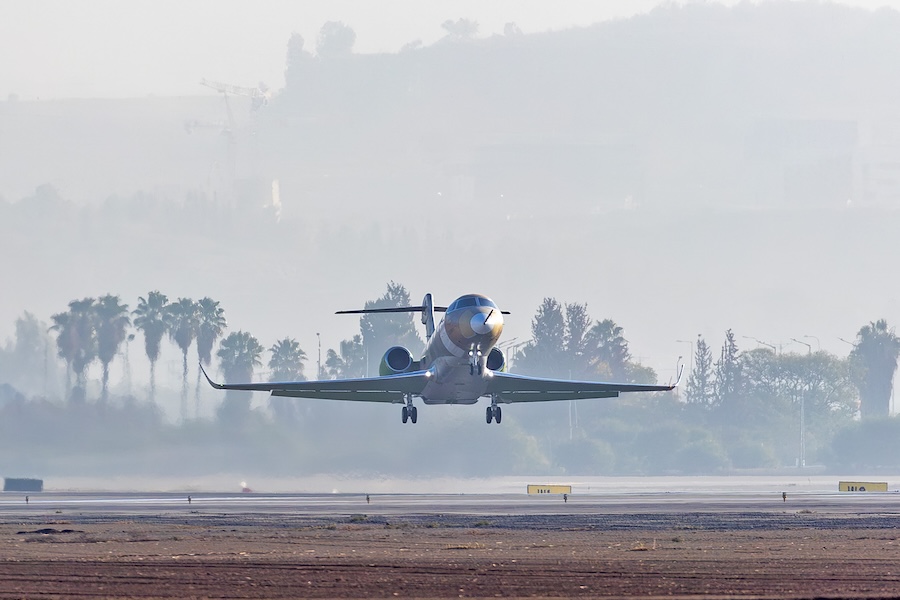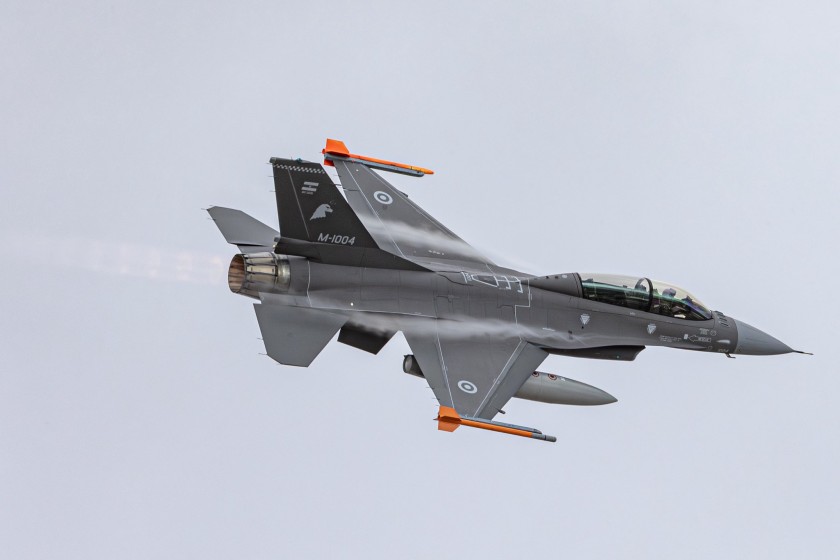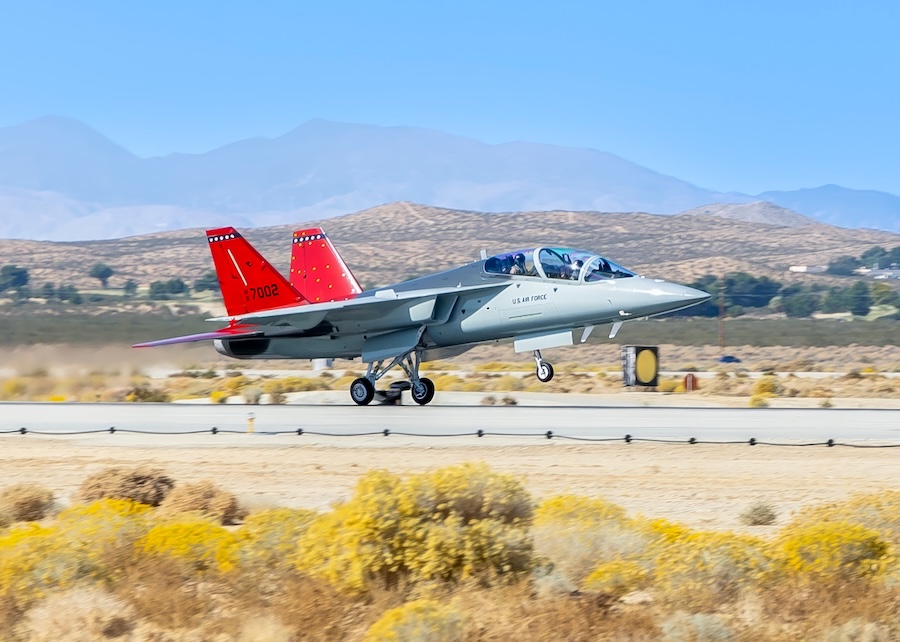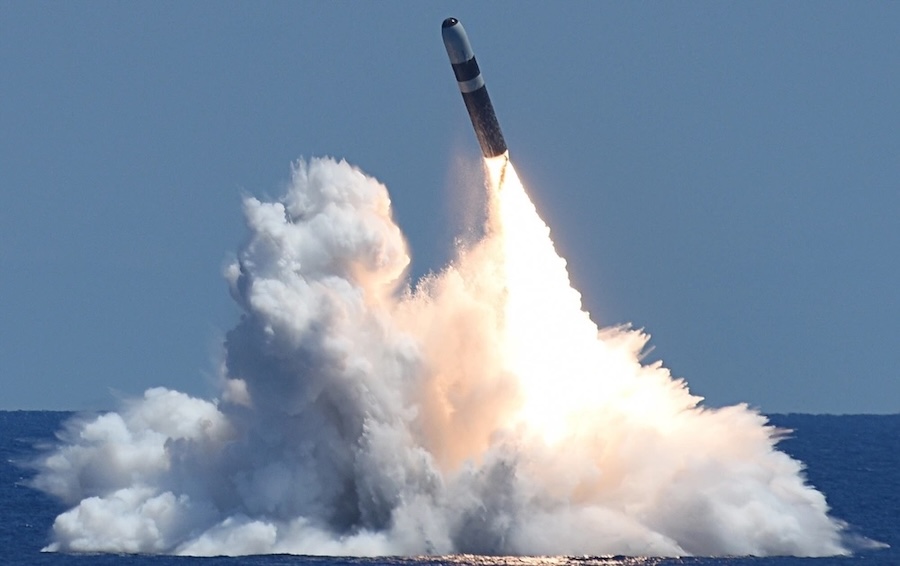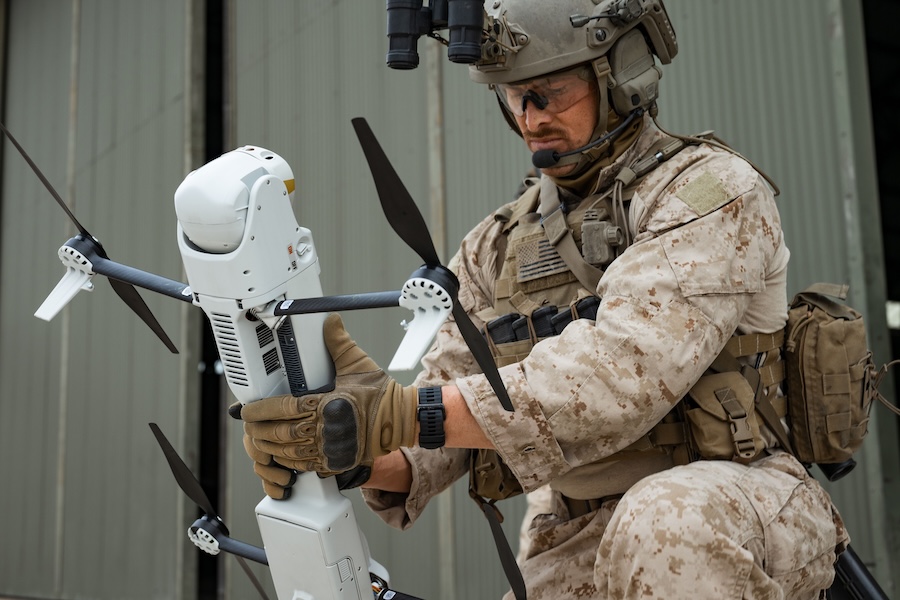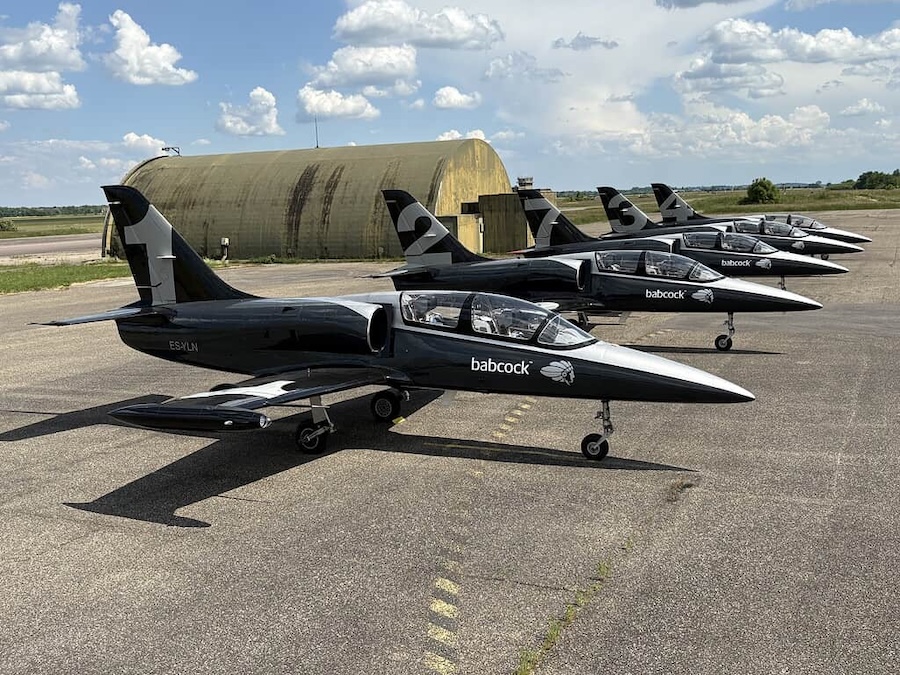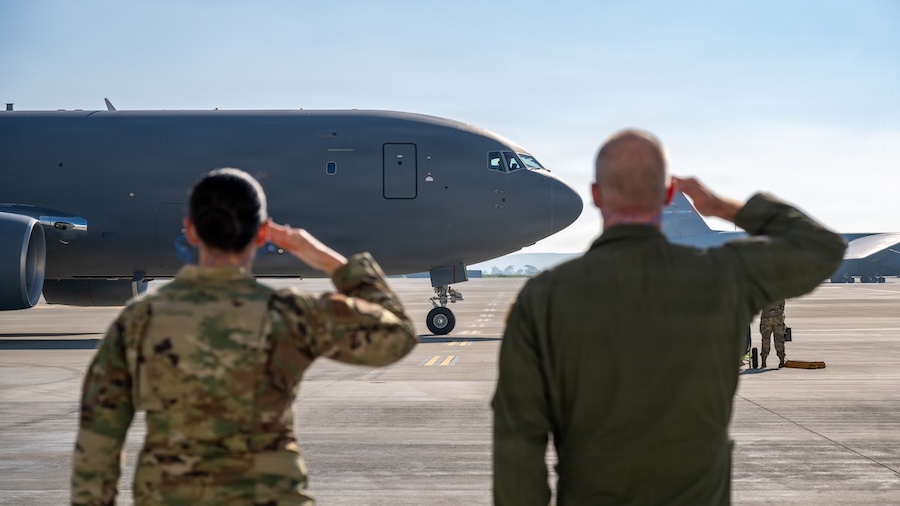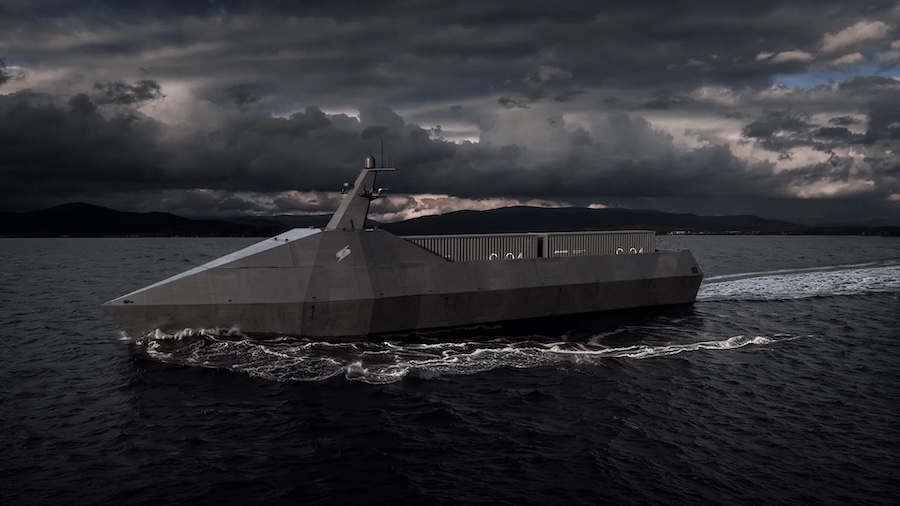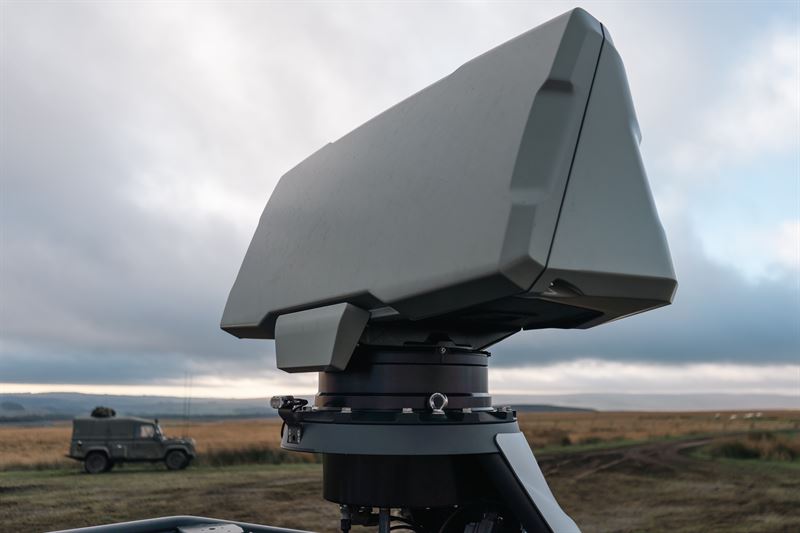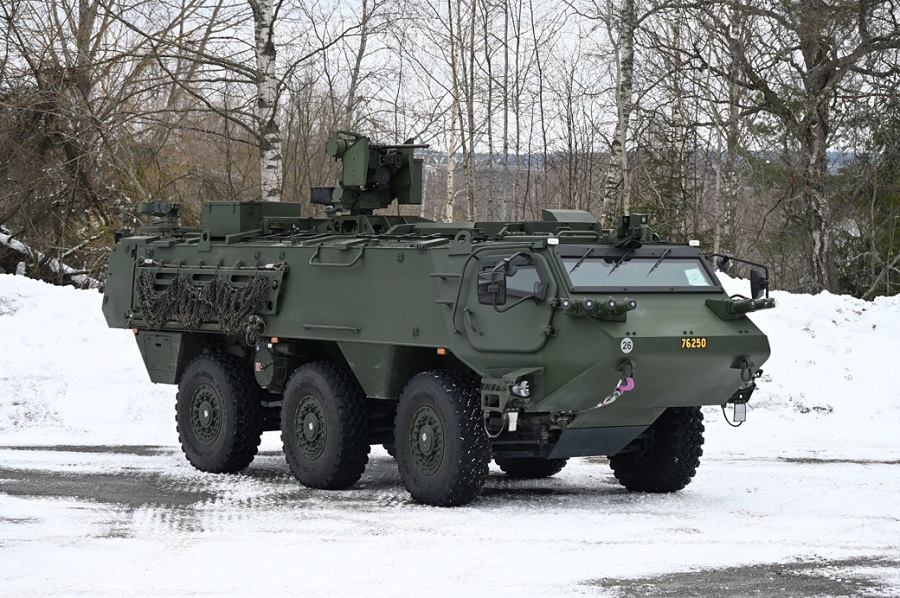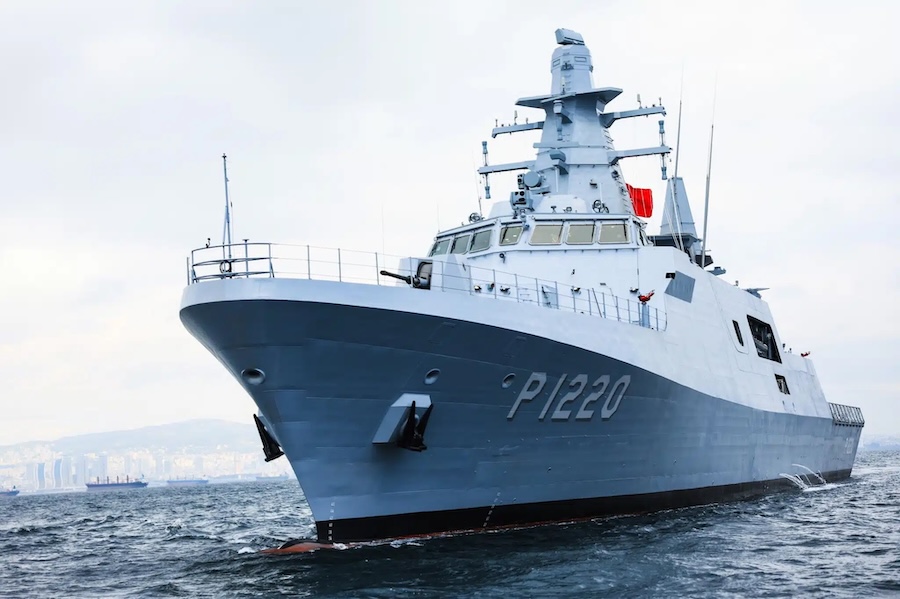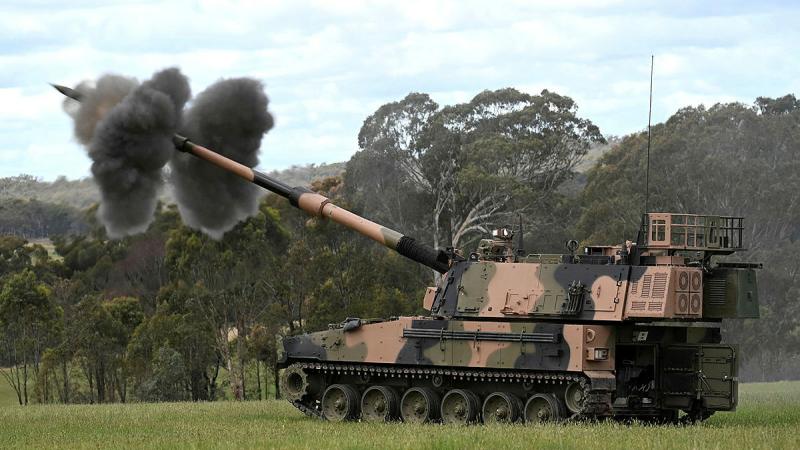The NGAD program emerged in response to evolving global threats, particularly the growing capabilities of near-peer adversaries such as China. The F-22 Raptor, which entered service in 2005, was initially envisioned as a fleet of 750 aircraft, but budget constraints limited its production to just 187. While still one of the most advanced fighter jets in the world, the F-22 faces operational limitations, particularly in range and payload capacity. As conflicts in the Pacific would likely involve vast distances between operational bases, these constraints could hinder its effectiveness in a potential conflict with China.
The fundamental goal of NGAD is to ensure air superiority by integrating cutting-edge technology into a networked system of manned and unmanned platforms. The program is expected to feature advanced stealth capabilities, next-generation propulsion systems, and sophisticated sensor fusion, allowing for greater situational awareness and adaptability in combat. Additionally, the Air Force envisions NGAD working alongside the Collaborative Combat Aircraft (CCA) program, which aims to develop autonomous drones that could serve as “loyal wingmen” to human pilots. This combination would create a force-multiplying effect, enhancing mission effectiveness while reducing risks to human pilots.
However, NGAD’s high cost has become a major point of concern. The Biden administration’s fiscal year 2025 budget request includes $2.75 billion for NGAD research and development, with planned funding rising to $5.72 billion by 2029. The Congressional Budget Office previously estimated that a single NGAD aircraft could cost up to $300 million—significantly more than its predecessors. Given that the Air Force is also investing in other high-priority defense programs, including the B-21 Raider stealth bomber and the LGM-35 Sentinel intercontinental ballistic missile replacement, there are growing concerns about whether NGAD’s costs can be sustained in the long term.
The Air Force’s recent decision to delay the contract award suggests a broader strategic reassessment. Senior officials have questioned whether the original vision for NGAD—a highly advanced, manned fighter jet—is still the best approach to achieving air superiority. Some experts argue that instead of committing to an expensive, next-generation fighter, the Air Force should focus on a more flexible approach, integrating advanced capabilities across multiple platforms. This could involve shifting more emphasis toward uncrewed systems, dispersing key technologies such as radar and weapons across various aircraft, and adopting a more modular development approach that allows for continuous upgrades rather than committing to a single, high-cost platform.
This debate is reflected in recent congressional discussions. The Senate Appropriations Committee has proposed shifting $557 million from NGAD to the CCA program, signaling a growing interest in autonomous systems as a cost-effective alternative to traditional fighter jets. Some lawmakers and defense analysts believe that unmanned systems could play a more dominant role in future air combat, reducing the need for highly expensive, crewed aircraft. Others, however, argue that manned fighters will remain essential for maintaining air dominance, particularly in complex combat scenarios that require rapid decision-making and adaptability.
Adding to the complexity of NGAD’s future is the impending change in presidential administration. Secretary of the Air Force Frank Kendall has stated that the decision on NGAD’s direction will largely fall to the incoming Trump administration, which could potentially shift priorities and alter the program’s scope. If the new administration favors a more cost-conscious approach, NGAD may see significant revisions, or its funding could be redirected to alternative programs.
Beyond cost and strategic considerations, the broader question facing the Air Force is how to maintain air superiority in the coming decades. The landscape of aerial warfare is changing rapidly, with advancements in artificial intelligence, cyber warfare, and electronic countermeasures creating new challenges. The traditional model of relying solely on highly advanced, crewed fighter jets is being reevaluated, as militaries around the world explore hybrid approaches that combine manned and unmanned systems into integrated battle networks.
Congress will play a decisive role in shaping the future of NGAD. Lawmakers will need to assess whether the current funding request aligns with national security priorities, whether a sixth-generation manned fighter remains a necessity, and how emerging technologies could be integrated into a more cost-effective strategy. The Air Force must also demonstrate how NGAD will fit into the broader defense budget and how it will interact with other ongoing programs, including next-generation aerial refueling and long-range strike capabilities.
Source: Congressional Research Service (CRS).



